By Christopher Miskimon
June 12, 1915, was a day of enormous portent for the United States of America, though at the time it passed without great remark. Though none could really have known it at the time, this day gave the United States Army what it needed to win a war no one had even conceived yet. Just before 10 o’clock on this Saturday morning the United States Military Academy at West Point began handing diplomas to the Class of 1915, commissioning 164 new second lieutenants into the service of their country. In the fullness of their varied military careers, 59 of these young men—over a third—would go on to wear the stars of a general, a unique feat in the history of the institution. In the following years this class would be known as the one “Stars Fell On.”
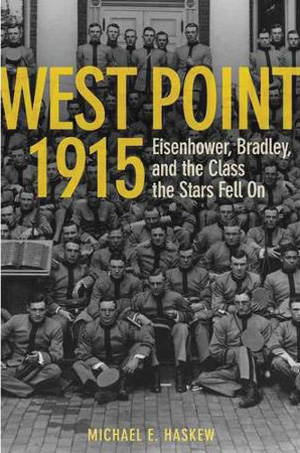 Gaining an education and commission at West Point has never been easy. The 164 graduates came from a beginning class size of 287, meaning over 42 percent of the initial group dropped out along the way. The strict discipline, challenging academic regimen, and physical trials all contributed to the weeding out of men not considered up to the task. Indeed, the tasks ahead of them were momentous if yet unperceived and would challenge each of them to the limits of their abilities. These men, the institution that helped forge them, and the roles they would play in war and peace are insightfully covered in Michael Haskew’s new book West Point 1915: Eisenhower, Bradley and the Class the Stars Fell On (Zenith Press, Minneapolis MN, 2014, 224pp, notes, bibliography, index, $30.00, hardcover).
Gaining an education and commission at West Point has never been easy. The 164 graduates came from a beginning class size of 287, meaning over 42 percent of the initial group dropped out along the way. The strict discipline, challenging academic regimen, and physical trials all contributed to the weeding out of men not considered up to the task. Indeed, the tasks ahead of them were momentous if yet unperceived and would challenge each of them to the limits of their abilities. These men, the institution that helped forge them, and the roles they would play in war and peace are insightfully covered in Michael Haskew’s new book West Point 1915: Eisenhower, Bradley and the Class the Stars Fell On (Zenith Press, Minneapolis MN, 2014, 224pp, notes, bibliography, index, $30.00, hardcover).
The book begins before these men pinned on the gold bars of a second lieutenant. Each had a background, a life before the academy that helped form the men they became. Some came from wealth; others, like Dwight Eisenhower, a middle-class upbringing which, given the time, was still full of toil. A few came from quite poor circumstances where future prosperity was far from certain. Omar Bradley fit this last category, yet both men would rise as high in rank in the Army as it was possible to go. Regardless, all had to pass examinations and receive a senatorial recommendation to get to West Point at all. While they are also the most famous of the Class of 1915, the other members whom stars fell on are also given good attention.
Once accepted into the academy they had to be reborn as soldiers. This was a process as grueling as it was tempering. Each cadet had his problems to overcome. Eisenhower had trouble learning to march and spent time in the “Awkward Squad.” Academic standings were also measured closely, and each cadet was ranked periodically and in a final class standing upon graduating. In fact, diplomas were handed out in order of their overall rank. However, their class standing was not necessarily an indicator of future success. Some cadets who were at the bottom of the class went on to great service, giving truth to the old joke, “What do you call the cadet who graduates last in his class? You call him Sir!”
The actual service of these soldiers is given close attention as well. This includes both world wars and the time between them. While they had to wait until World War II to pin their stars on, many served gallantly in World War I, receiving brevet promotions and awards for gallantry. After the war these men helped keep the Army alive through years of lean budgets and hard times. They conducted training, attended professional schools, and served in remote posts. When World War II came, they were among the senior officers of the Army and this was when they really shined. While no others would go as high as Eisenhower and Bradley, many would command divisions, corps, armies, and army groups and lead the nation’s soldiers to ultimate victory.
The story of the Class of 1915 is relayed to the reader in smooth prose that really relates what these officers thought and experienced. History often overlooks the fact that these men were human beings who had worries and fears about the future; sometimes their ascent to general rank was less than smooth. A major strength of this book is that it shows them as otherwise normal people who rose through determination and skill. The officers covered in these pages can be related to. The reader can see how such people, of mainly common origin, rise to command armies and determine the fate of nations.
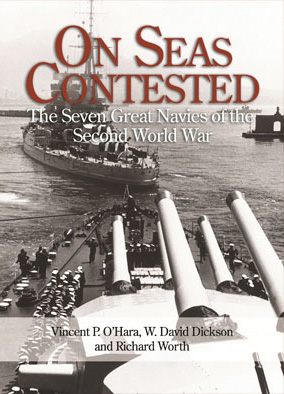 On Seas Contested: The Seven Great Navies of the Second World War (Vincent P. O’Hara, W. David Dickson, and Richard Worth, Naval Institute Press, Annapolis, MD, 2014, 333pp, maps, photographs, appendices, notes, bibliography, index, $24.95, softcover).
On Seas Contested: The Seven Great Navies of the Second World War (Vincent P. O’Hara, W. David Dickson, and Richard Worth, Naval Institute Press, Annapolis, MD, 2014, 333pp, maps, photographs, appendices, notes, bibliography, index, $24.95, softcover).
While dozens of nations took part in the war and most had navies, only seven had fleets that were decisive in their effect. The United States, Great Britain, France, Germany, Japan, Italy, and the Soviet Union were the primary arbiters of the war at sea, and each had its own doctrine and goals.
This new reference book looks at these navies in great detail, examining each fleet’s history, stated mission, organization, doctrine, ships, weapons, supporting infrastructure, and evolution during the war. It makes the reader’s understanding of these forces and how they influenced the outcome of the war much more complete since each essay provides a balanced view. Each navy is shown as a whole rather than concentrating on one popular piece, such as Germany’s U-boats or American and Japanese aircraft carriers. This book will be a valuable addition to the library of any student of naval history, novice or expert.
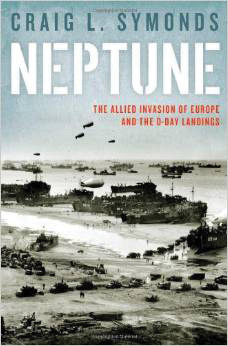 Neptune: The Allied Invasion of Europe and the D-Day Landings (Craig L. Symonds, Oxford University Press, Oxford, UK, 2014, 440pp, maps, photographs, notes, bibliography, index, $29.95, hardcover).
Neptune: The Allied Invasion of Europe and the D-Day Landings (Craig L. Symonds, Oxford University Press, Oxford, UK, 2014, 440pp, maps, photographs, notes, bibliography, index, $29.95, hardcover).
Books on D-Day abound, and for good reason. It is undoubtedly one of the key days of World War II, when an enormous Allied force blasted its way onto mainland Europe, spelling the end for Nazi Germany in the West. The invasion was a truly massive effort, awe inspiring in its complexity and sweeping in its effect. It was also a joint effort with thousands of American, British, Canadian, and French troops in the leading waves.
There are countless books to choose from about D-Day, but this work has much to recommend it. The author begins his account years before the actual invasion, reflecting the extensive preparation required to make it work. Everything from the British-American discussions to the development of specialized landing craft and equipment to the long days and nights of training for the assault troops is covered in good detail. Additionally, the author does not forget that the success of the invasion eventually came down to the actions of brave men under fire on that fateful morning. Even so, this work is easy to read and follow, bringing all these disparate pieces together into a smooth, logical narrative.
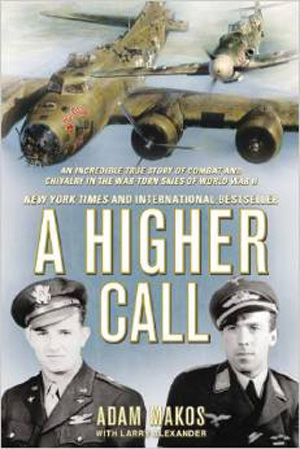 A Higher Call: An Incredible True Story of Combat and Chivalry in the War-Torn Skies of World War II (Adam Makos with Larry Alexander, Berkley Caliber, New York, 2014, 392pp, maps, photographs, notes, bibliography, $17.00, softcover).
A Higher Call: An Incredible True Story of Combat and Chivalry in the War-Torn Skies of World War II (Adam Makos with Larry Alexander, Berkley Caliber, New York, 2014, 392pp, maps, photographs, notes, bibliography, $17.00, softcover).
In December 1943, a severely damaged American B-17 Flying Fortress bomber was limping through the sky, its pilot desperately trying to get the crippled plane and its crew home. Soon, however, a German fighter appeared and it seemed the Americans were doomed. Fate intervened, and the German pilot, a veteran ace, instead escorted the bomber out of danger, saving the lives of the crew. It was an amazing occurrence, one neither pilot could talk about since they were supposed to be trying to kill each other.
When the author learned of this episode, he began researching it to find the deeper story. The book includes tales of each pilot’s service before and afterward, their civilian lives, and what happened to each after the war. Eventually, the two men would meet in peace, showing that even in modern war there is room for the occasional bout of humanity and mercy. Written in clear prose, it is enjoyable to read and includes a section of photographs with pictures from each pilot’s personal collection.
 Hidden Warbirds II: More Epic Stories of Finding, Recovering and Rebuilding WWII’s Lost Aircraft (Nicholas A. Veronico, Zenith Press, Minneapolis, MN, 2014, 256pp, photographs, bibliography, index, $30.00, hardcover).
Hidden Warbirds II: More Epic Stories of Finding, Recovering and Rebuilding WWII’s Lost Aircraft (Nicholas A. Veronico, Zenith Press, Minneapolis, MN, 2014, 256pp, photographs, bibliography, index, $30.00, hardcover).
Vintage World War II aircraft hold a special fascination for aviation devotees. They were built in the tens of thousands, each with a specific purpose. The most versatile designs found other uses during and after the war, but they were built for war and at times they filled the skies. Now, some 70 years later almost none of them still exist. The world did not need them anymore, and most went to scrap yards or rotted away.
A relative few remain, however. The lucky ones are found in the corners of airfields or warehouses. Some are pulled from the bottoms of lakes or from deep in remote jungles. Those planes are the subject of this book, pulled from wherever they were lost and given a new lease on life through the restoration work of dedicated enthusiasts. Restoring these aircraft is a painstaking labor of love, and this book reflects the efforts taken to get them into museums and sometimes back into the air. Each chapter covers one of 14 different aircraft, giving its history and detailed information about how it was retrieved and refitted. Each tale is a fascinating look at how old warplanes are saved for the enjoyment of future generations.
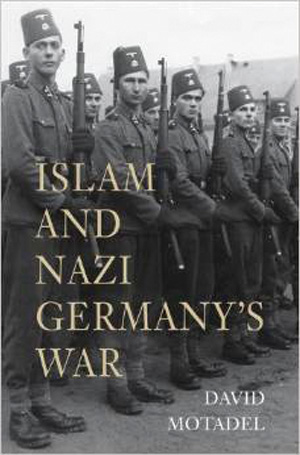 Islam and Nazi Germany’s War (David Motadel, Harvard University Press, Cambridge, MA, 2014, 496pp, map, photographs, notes, bibliography, index, $35.00, hardcover).
Islam and Nazi Germany’s War (David Motadel, Harvard University Press, Cambridge, MA, 2014, 496pp, map, photographs, notes, bibliography, index, $35.00, hardcover).
The Third Reich was not known for tolerance, religious or otherwise. However, during several parts of World War II, the Nazis were fighting Allied forces across territories populated by Muslims. Both British and Soviet forces ruled over extensive lands full of Arabs, Turks, Chechens, and other adherents to the Islamic faith, all caught between warring ideologies and often hostile toward their nominal rulers. This was something the Nazis could use.
To bring Muslims onto Germany’s side the Reich began courting their governments and leaders, painting themselves as allies who welcomed them as partners against their oppressors. For many Muslims this was welcome news, giving them hope that they might gain their independence. The Nazis knew this and took pains to recruit and indoctrinate willing Muslims into their own armed forces, including the dreaded SS. In the end, these efforts failed and many Muslims, particularly those under Soviet control, faced reprisals.
Nazi use of Muslim troops is mentioned often enough but usually not in great detail. This book rectifies that. The author shows the unusual efforts made by the Germans to use their Islamic allies toward the greater goal of victory. The book brings a deeper understanding to a small but significant aspect of the Third Reich’s war-making labors.
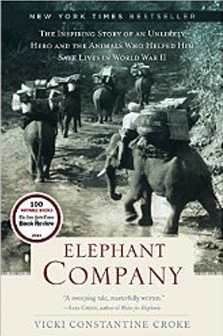 Elephant Company: The Inspiring Story of an Unlikely Hero and the Animals Who Helped Him Save Lives in World War II (Vicki Constantine Croke, Random House, New York, 2014, 343pp, maps, photographs, notes, index, $28.00, hardcover)
Elephant Company: The Inspiring Story of an Unlikely Hero and the Animals Who Helped Him Save Lives in World War II (Vicki Constantine Croke, Random House, New York, 2014, 343pp, maps, photographs, notes, index, $28.00, hardcover)
During the war, J.H. “Billy” Williams was a famous man whose story was covered by such widely read publications as the Times of London and Life magazine. He even wrote an autobiography in the 1950s. Since then he has faded from popular memory, however. His accomplishments were simple yet amazing. Billy could communicate with elephants.
Before the war he began his association with pachyderms in a commercial venture using them to transport teak logs. Over time he developed a bond with the animals. When the war started he began using the animals to carry supplies forward to soldiers in bogs and swamps where even mules could not go. They also carried heavy materials used in bridge building. Once he even led elephants over a mountain range, causing him to be compared to Hannibal. The elephants he led also carried evacuees to safety.
While this book covers Williams’ wartime exploits thoroughly, the book is also largely a biography as well as a look at the elephants themselves and how people were able to utilize their unique strength in a forbidding and dangerous landscape. They helped win the war in India and Burma.
 Brazil, the Fortunes of War: World War II and the Making of Modern Brazil (Neill Lochery, Basic Books, New York, 2014, maps, photographs, bibliography, notes, index, $29.99, hardcover).
Brazil, the Fortunes of War: World War II and the Making of Modern Brazil (Neill Lochery, Basic Books, New York, 2014, maps, photographs, bibliography, notes, index, $29.99, hardcover).
Few today are aware of Brazil’s role in World War II. Far from the battlefields, the South American nation was rich with natural resources, and both the Axis and Allies courted it to obtain those resources. Brazil’s leaders used this to their advantage, generating wealth for the country while staying just barely neutral. Eventually, they had to choose a side, however. In August 1942, Brazil declared war on Germany and Italy. This meant its ships would provide escort to merchantmen and attack U-boats at sea. The Brazilian Expeditionary Force (BEF), a force of 25,000 troops, went to serve in Italy. The Italian Theater was known for the diversity of Allied nationalities fighting together, and the Brazilians, trained and equipped by the United States, fought there until war’s end.
While not a strictly military history of the BEF, this book shows how a small nation used the circumstances of the world around it to its own advantage. Brazil’s actions brought it through the war in a better position than other South American nations. The author does a good job showing the deft political maneuvering and intrigue that made this so.
 Explaining Hitler: The Search for the Origins of His Evil (Ron Rosenbaum, Da Capo Press, Boston, MA, 2014, 528pp, notes, index, $18.99, softcover).
Explaining Hitler: The Search for the Origins of His Evil (Ron Rosenbaum, Da Capo Press, Boston, MA, 2014, 528pp, notes, index, $18.99, softcover).
Adolf Hitler is such a controversial figure people simply refuse to let him die. He has become a cliché of evil, and perhaps that is fitting. A man who once held vast power and used it horribly is now reduced to little more than a synonym used to give insult. Still, he manages to captivate people’s minds decades later. His name is used by those who want to vilify opponents on almost any issue, giving rise to “Godwin’s Law,” which states the longer an argument continues, eventually someone will compare their adversary to Hitler or the Nazis. Conversely, Holocaust denial has grown into a significant phenomenon despite the body of evidence to the contrary.
These strange issues and more are covered in this book, which investigates the various matters that have sprung up since Hitler’s death, giving the dictator and his regime an eerie form of life long after the Third Reich fell. The strength of this work is that it seeks to clarify and explain why so much interest surrounds such a defunct, evil group and its leader. The author explores Hitler’s life and legacy in detail, focusing on several episodes little known today. World War II is over, but its effects continue to ripple into the 21st century.
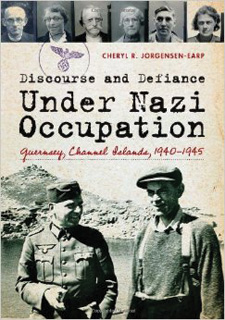 Discourse and Defiance Under Nazi Occupation: Guernsey, Channel Islands, 1940-1945 (Cheryl Jorgensen-Earp, Michigan State University Press, East Lansing, 2013, 300pp, maps, photographs, notes, bibliography, index, $54.95, hardcover).
Discourse and Defiance Under Nazi Occupation: Guernsey, Channel Islands, 1940-1945 (Cheryl Jorgensen-Earp, Michigan State University Press, East Lansing, 2013, 300pp, maps, photographs, notes, bibliography, index, $54.95, hardcover).
The British Channel Islands were captured by Germany shortly after the evacuation of Dunkirk in 1940. These small islands remained occupied by the Nazis until the very end of the war in Europe in 1945. The residents had no real ability to form a resistance movement, so they had to defy their occupiers through subtle, nonviolent means. Their covert efforts had to be accomplished via word of mouth, ad hoc symbols, and hasty improvisation.
This new book recounts the experiences of the Guernsey islanders through a number of diaries kept by citizens. Much has been written about possible collaboration by some of the inhabitants, but here the author reveals how they did what they could to resist the occupation. These diaries were kept at great risk to their writers but reveal how British civilians dealt with the Nazi presence in their homes. It makes an interesting counterpoint to stories of resistance efforts on continental Europe, where the conditions were very different. A final chapter deals with the island after liberation and the effects of the war in the following years.
New and Noteworthy
 Night Flight to Dungavel: Rudolf Hess, Winston Churchill and the Real Turning Point of WWII (Peter Padfield, University Press of New England, 2014, $35.00, hardcover). The author gathers the available evidence surrounding Hess’s fateful trip to the United Kingdom. He argues that Hitler sent Hess as part of a scheme to keep America out of the war.
Night Flight to Dungavel: Rudolf Hess, Winston Churchill and the Real Turning Point of WWII (Peter Padfield, University Press of New England, 2014, $35.00, hardcover). The author gathers the available evidence surrounding Hess’s fateful trip to the United Kingdom. He argues that Hitler sent Hess as part of a scheme to keep America out of the war.
The Color of Courage: A Boy at War, The World War II Diary of Julian Kulski (Julian Kulski, Aquila Polonica Publishing, 2014, $29.95, hardcover). Kulski was 10 when the Germans invaded Poland. By age 12 he was a member of the Underground Army movement.
Once a Hussar: A Memoir of Battle, Capture, and Escape in World War II (Ray Ellis, Skyhorse Publishing, 2014, $24.95, hardcover). This is the story of an artilleryman who fought in North Africa until he was captured. Taken to Italy, he escaped and hid in the mountains for a year.
Unexplained Mysteries of World War II (Jeremy Harwood, Firefly Books, 2014, $24.95, softcover). There are many questions about the war, some still unanswered. This book delves into these obscurities and attempts to answer them.
The Mantle of Command: FDR at War, 1941-1942 (Nigel Hamilton, Houghton Mifflin Harcourt, 2014, $30.00, hardcover). The author focuses on Roosevelt’s leadership during the early part of the war. He maintains that FDR had the genius to keep America involved with achievable goals during 1942.
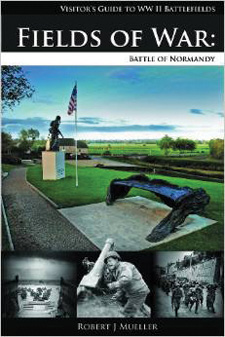 Mosquito Down! The Extraordinary Memoir of a Second World War Bomber Command Pilot on the Run in Germany and Holland (Frank Dell with Brett Piper, Casemate Publishers, 2014, $34.95, hardcover). Dell was shot down over Germany, landing next to a V-2 rocket launch pad. He made his way to safety in Holland with a resistance group.
Mosquito Down! The Extraordinary Memoir of a Second World War Bomber Command Pilot on the Run in Germany and Holland (Frank Dell with Brett Piper, Casemate Publishers, 2014, $34.95, hardcover). Dell was shot down over Germany, landing next to a V-2 rocket launch pad. He made his way to safety in Holland with a resistance group.
Hiroshima Nagasaki: The Real Story of the Atomic Bombings and their Aftermath (Paul Ham, Thomas Dunne Books, 2014, $35.00, hardcover). This book argues against the use of the atomic bomb, following the premise that the war could have been won in any event.
Fields of War: Battle of Normandy (Robert J. Mueller, French Battlefields, 2014, $29.95, softcover). This is a tour book giving comprehensive instructions for getting around the D-Day battlefields. Directions to surviving landmarks, museums, and monuments are all included.
Guarding Hitler: The Secret World of the Führer (Mark Felton, Pen and Sword, 2014, $34.95, hardcover). Hitler had an extensive array of bodyguards and security personnel. The book includes recently declassified information.

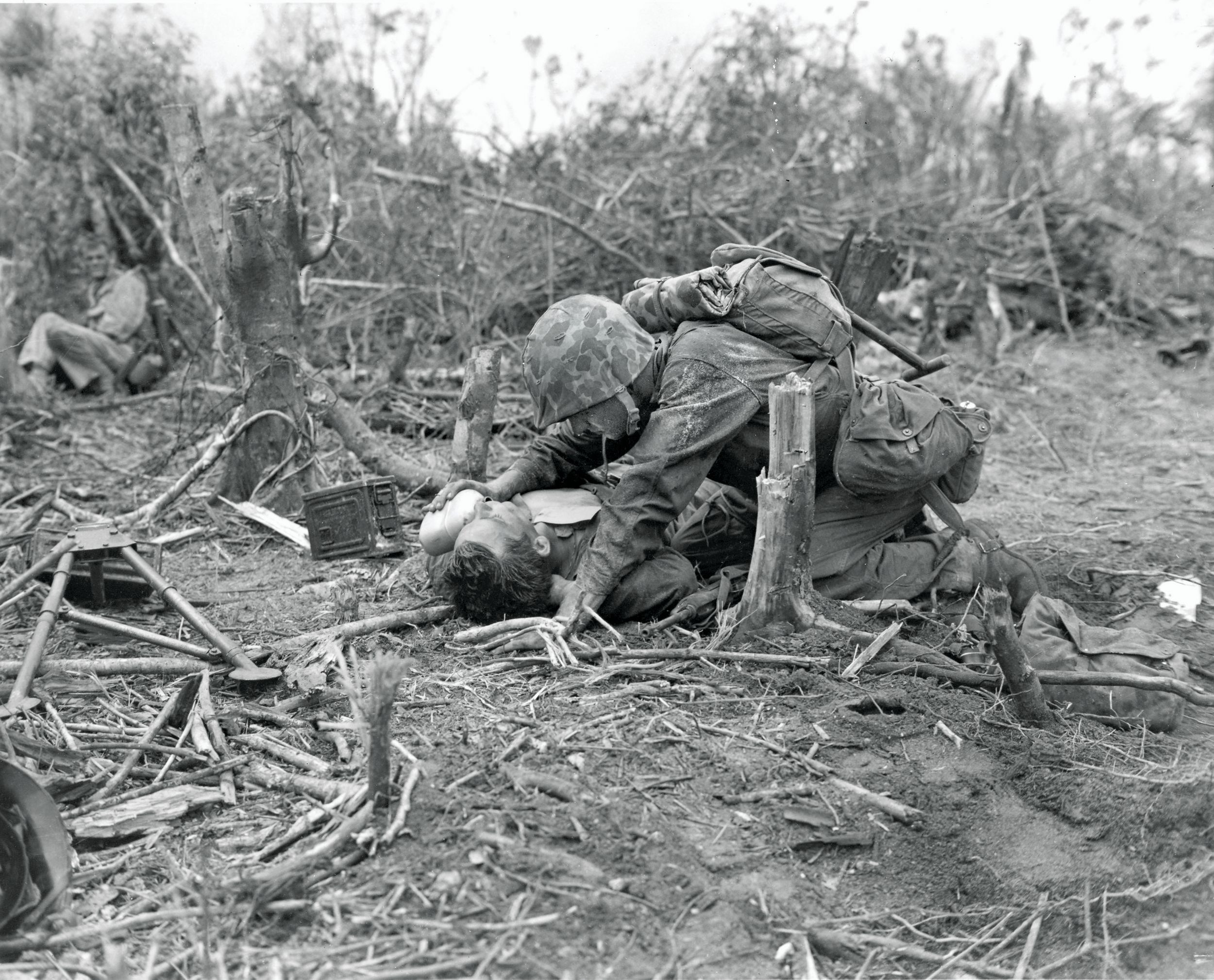
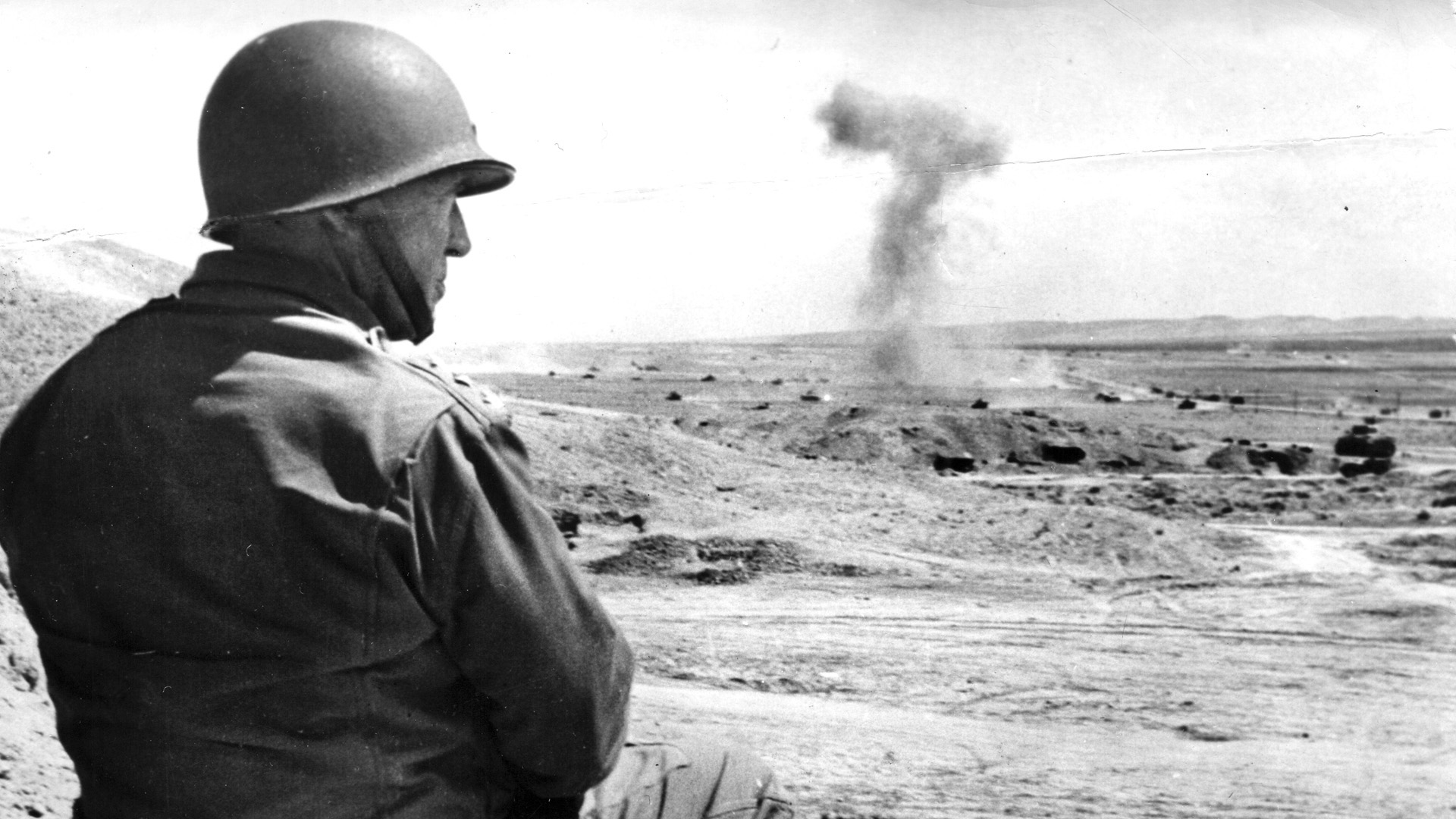
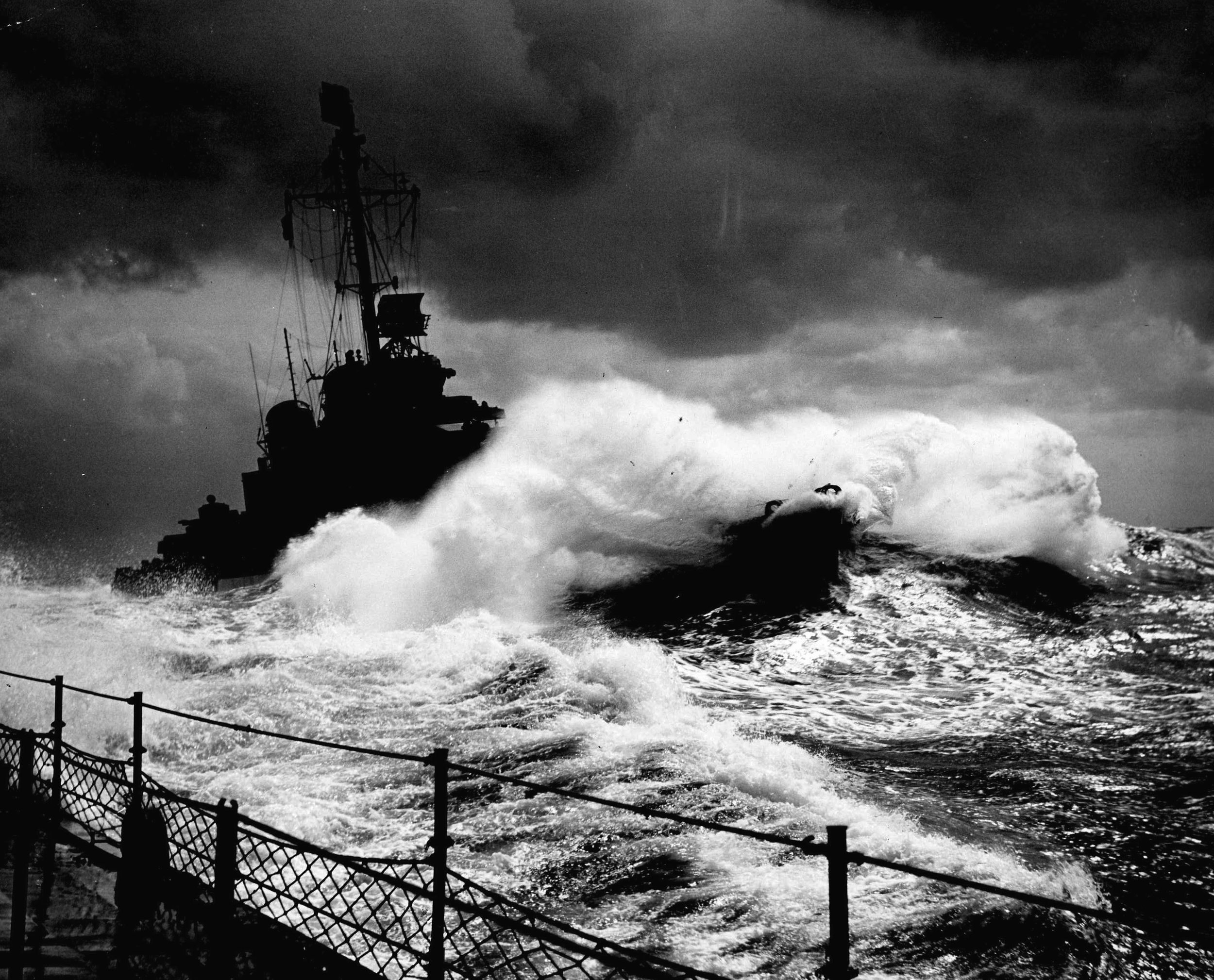
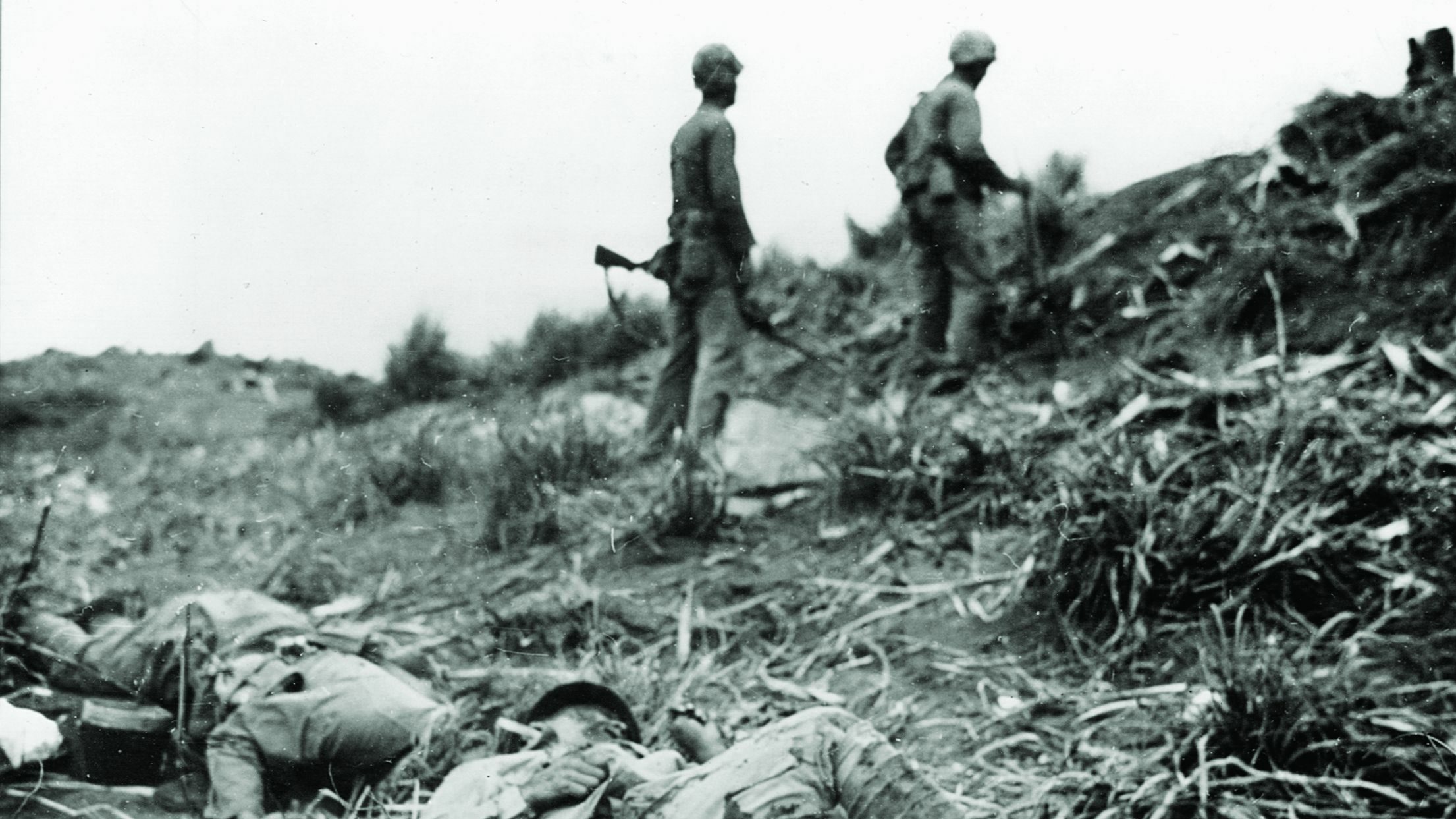
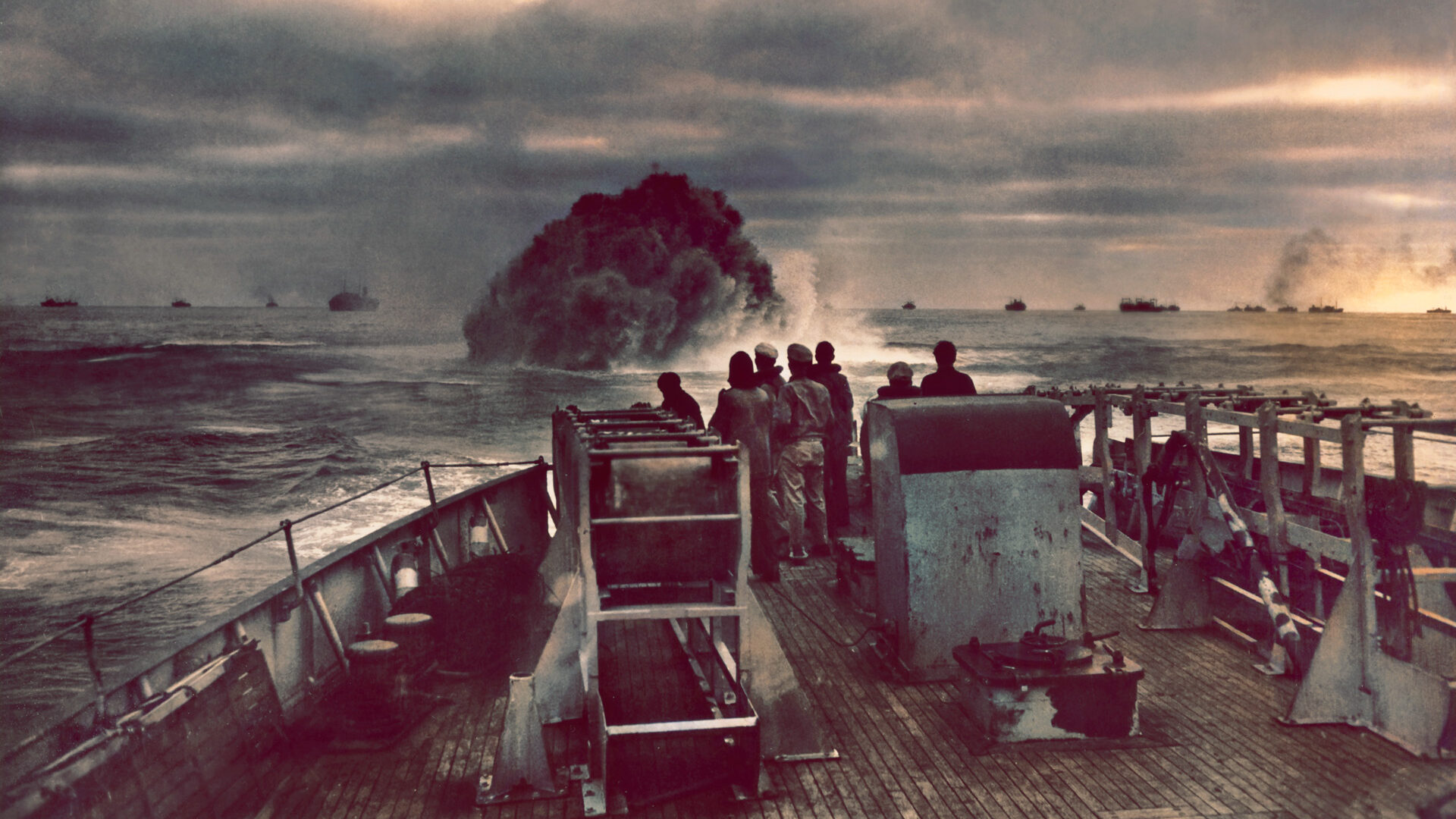

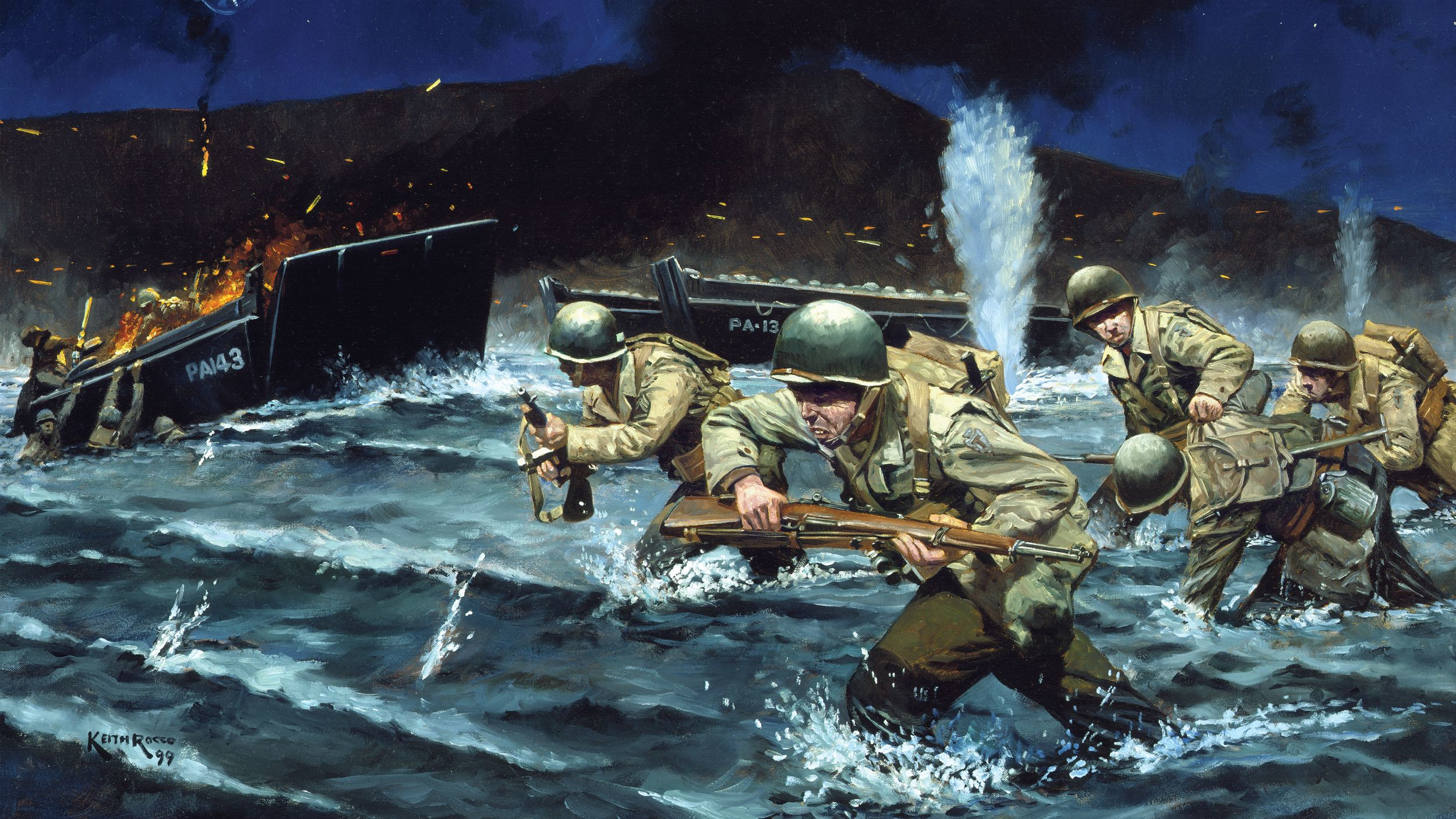
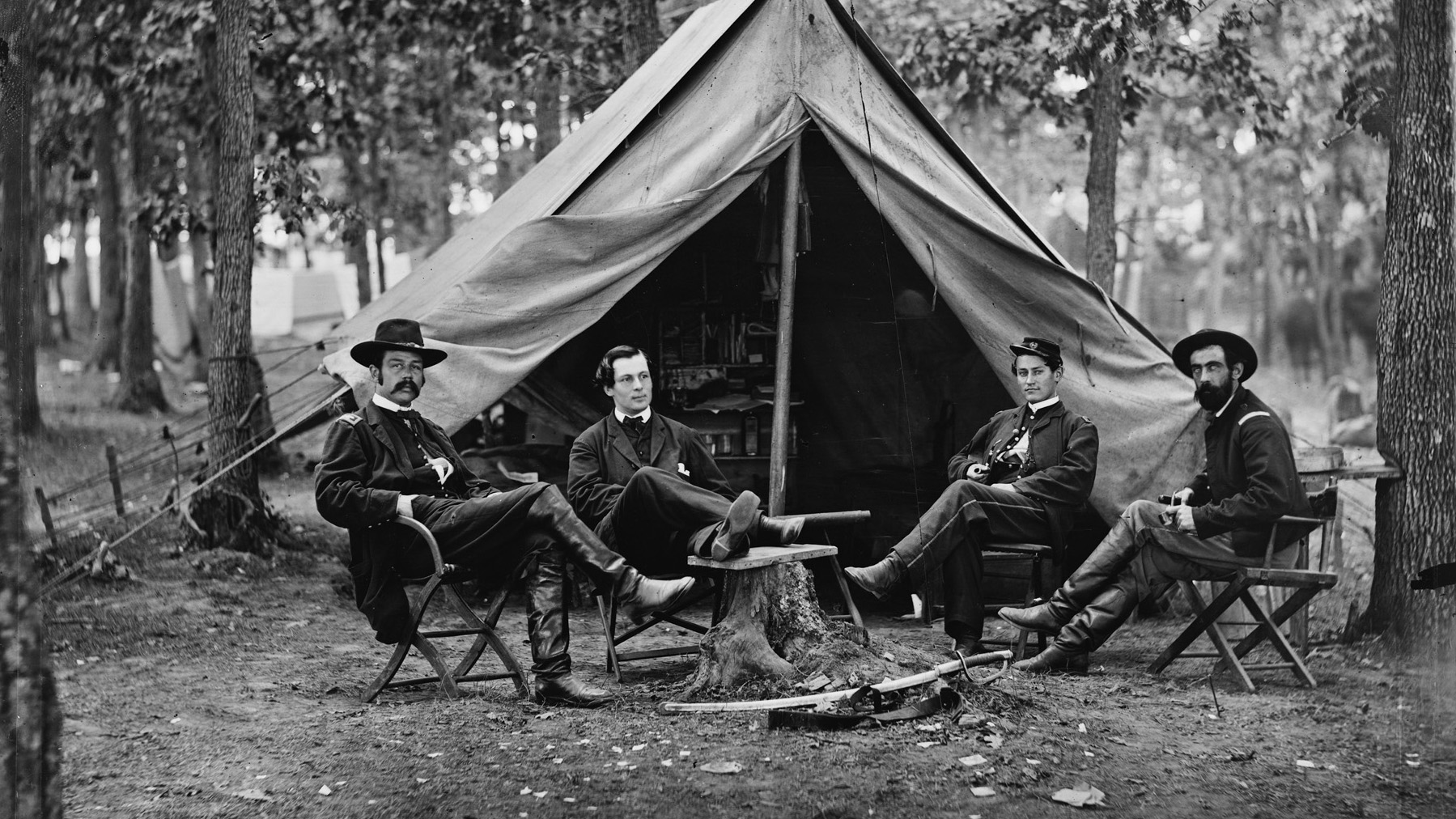
Join The Conversation
Comments
View All Comments